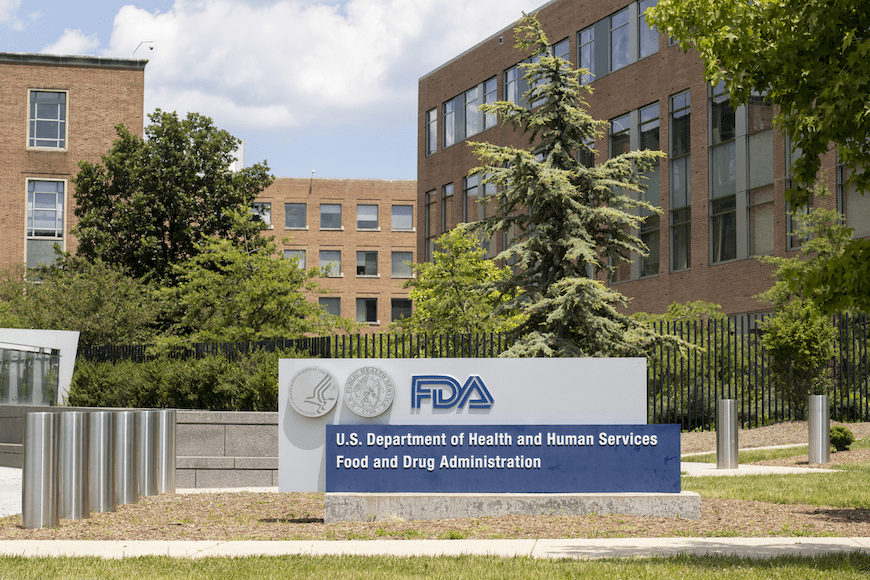This breakthrough article explores ketamine as a treatment for depression. Published by The Journal of Clinical Psychiatry on September 12, 2022, Patrick A. Oliver, MD and Albert J. Arias, MD, MS et. al. share the efficacy results of ketamine for treatment-resistant depression (TRD), suicidal ideation (SI) and generalized anxiety disorder (GAD) in large clinical samples. Clinical Effectiveness of Intravenous Racemic Ketamine Infusions in a Large Community Sample is one of the only studies that can prove clinical outcomes, following a retrospective chart review of more than 400 patients treated with ketamine in a clinical practice setting.
Promising results for those suffering from depression and suicidal thoughts
The results show a 50% response rate and 20% remission rate for depressive symptoms based on the initial cohort of patients observed. Overall, the findings show that ketamine effectively reduced symptoms of self-harm/suicidal ideation, treatment-resistant depression, and anxiety.
“It’s very encouraging,” Oliver said in a recent video LinkedIn Live hosted by JCP. “As someone who’s been doing psychiatry for a long time, we haven’t had a whole lot of major breakthroughs and advancements and treatments throughout the 20-some years that I’ve been doing it. I think that this really will help move things forward.”
The treatment involves a series of ketamine infusions. After 10 infusions, there was a 50% reduction in self-harm/suicidal ideation (SI) symptom scores within six weeks. The most striking result is that after 15 infusions, 85% of patients with suicidal ideations had moved to full resolution.
The potential for treating people with depression is promising. “We don’t really have much else in the world of emergency medicine or psychiatry that has that quick of an impact on such a serious disease,” Oliver added.
Oliver went on to say that ketamine can be an appropriate place to start for someone who is acutely suicidal. Follow-up treatments will be critical, since administering ketamine usually involves a series of six to 10 infusions. Regular oversight and patient observation will be essential. “These patients are very sick and sometimes they don’t appear very sick,” he said, “which can be misleading.”
Advocating for greater access
Accessing affordable ketamine treatment may still present a barrier for some patients. Currently, ketamine is most available in the form of a nasal spray called esketamine, an investigational product being studied by Janssen Research & Development, LLC. Yet, treatment costs can range into the thousands of dollars — and Oliver argues that IV infusions of ketamine are much more effective.
Arias hopes that insurance companies will start to consider ketamine as a legitimate treatment and start paying for it more. “Part of parity for mental health is covering treatments like this that can help people,” he said. “There’s a growing body of evidence to support ketamine in its various forms,” and added, “I see this as something where there’s more room for us to put it to use.”



